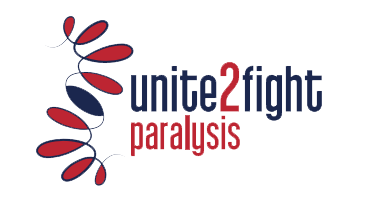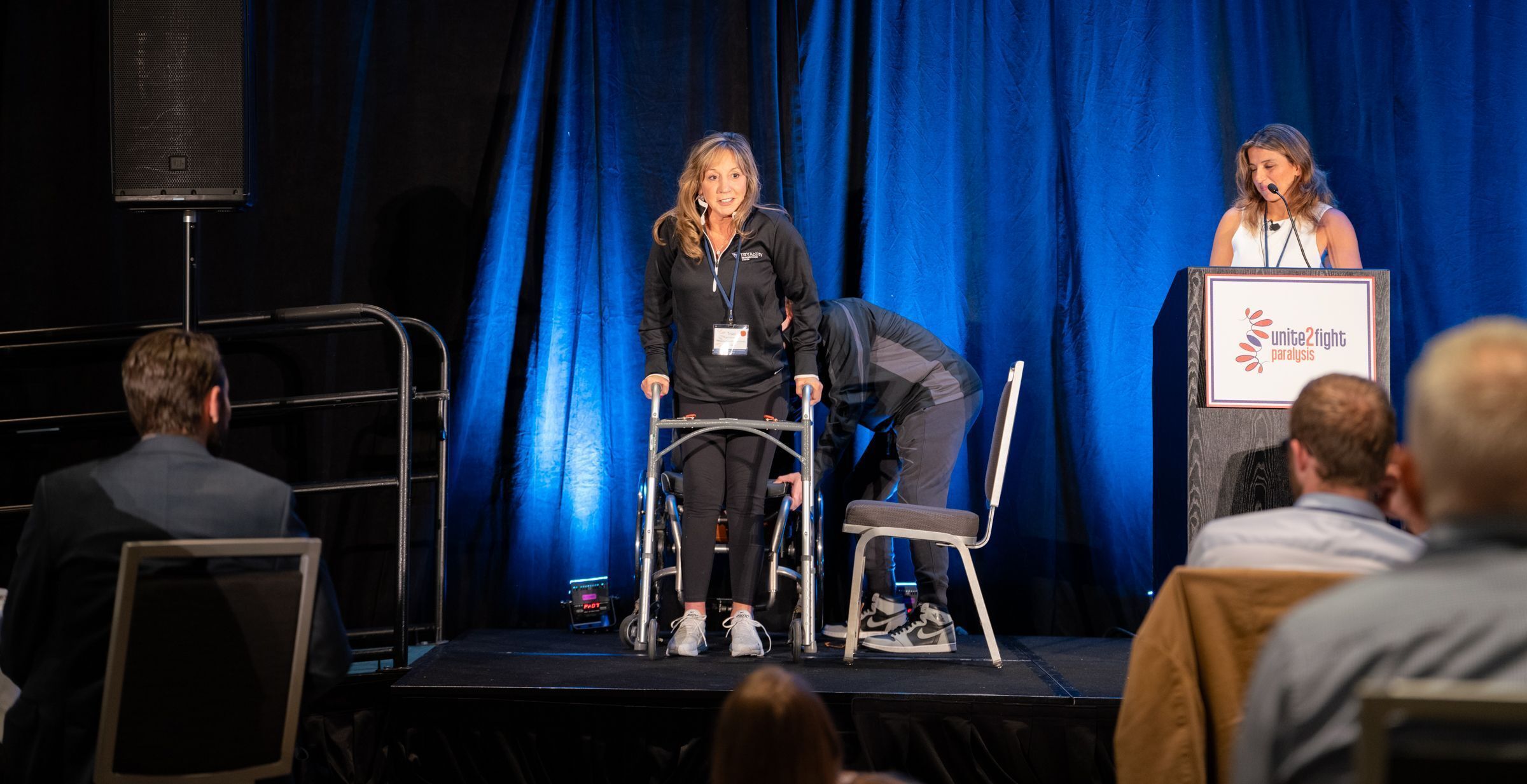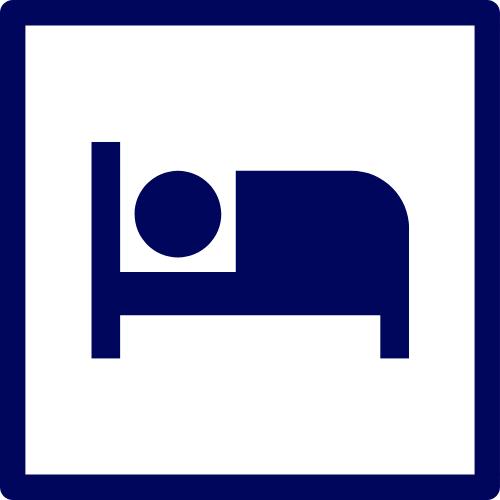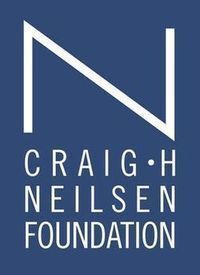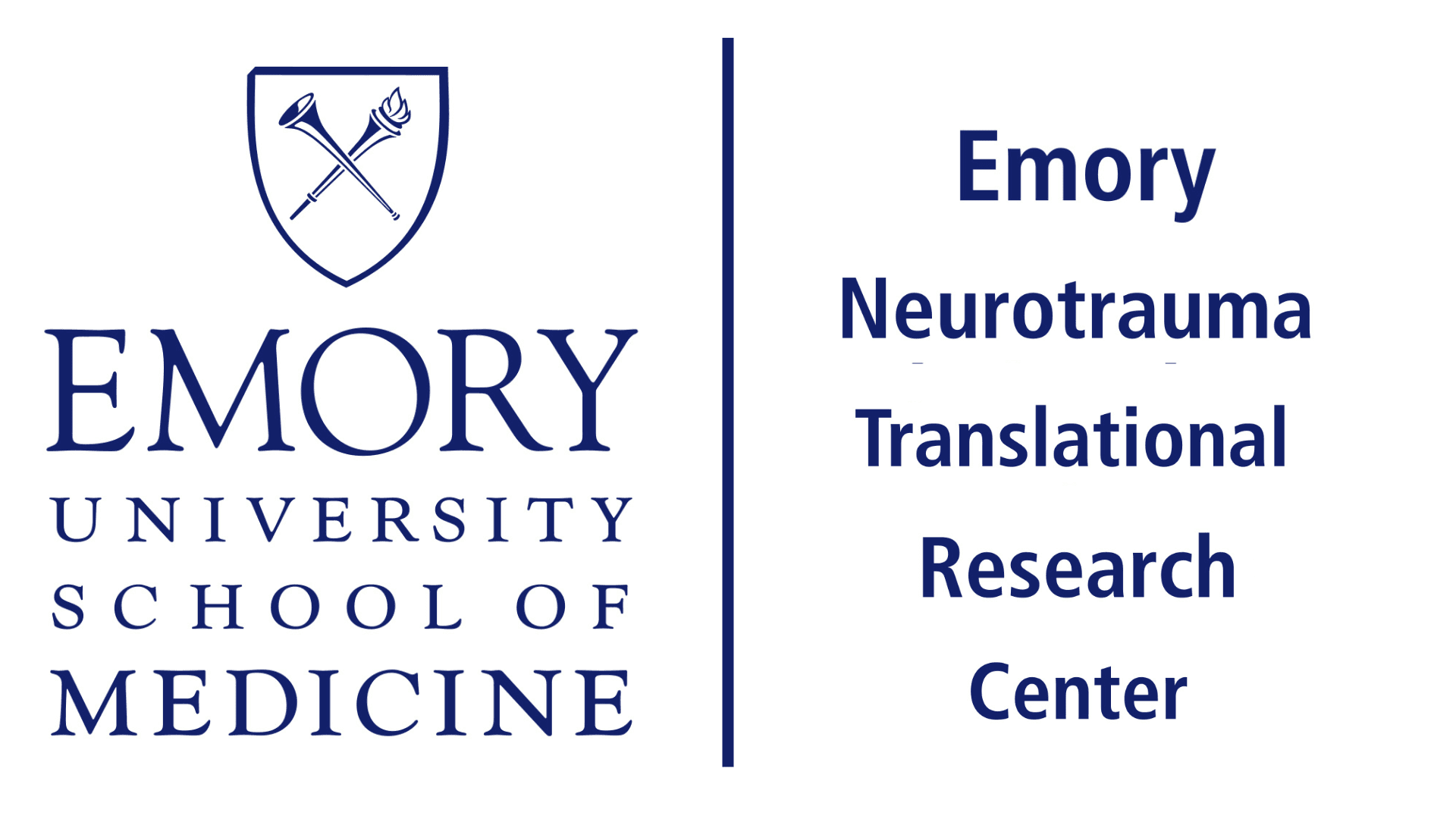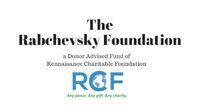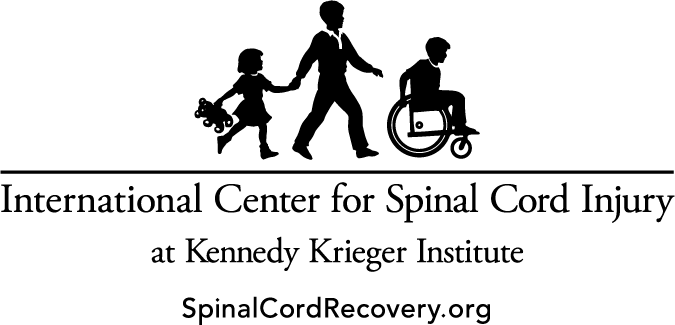
Dan Mikol, MD, PhD
Chief Medical Officer, NervGen Pharma
Abstract
Clinical Trials in Spinal Cord Injury … Lost in Translation?
There are many challenges in “translating” results from animal models of SCI to clinical trials of humans with SCI. Clinical translation refers to the bridging of positive efficacy results from the laboratory to clinical studies in humans. In SCI this bridge is still under construction. Treatments that have shown improvements on functional measures like the “BBB” scale in animals have failed to demonstrate efficacy in humans. Historically, the objective of SCI Phase 2 proof-of-concept (PoC) trials has been to evaluate change on a clinical measure such as the motor score, an outcome that may likely be insensitive to change unless a therapeutic’s effects are robust. While demonstrating clinically meaningful efficacy is ultimately required for regulatory approval, that need not be the objective of an early Phase 2 “proof-of-concept” (PoC) trial, where it is imperative to learn if a therapeutic that has shown efficacy in preclinical studies is impacting biology in humans in a way that is expected based on the therapeutic’s mechanism of action. Outside of SCI, the primary objective of a PoC trial is often to demonstrate an “efficacy signal” on a “surrogate” efficacy biomarker that measures relevant biological changes effected by the therapeutic – changes that are considered linked to an important clinical outcome. For a neuroreparative therapeutic aimed at improving connectivity after SCI, electrophysiological measures such as the motor evoked potential (MEP) appear to be a sensitive, objective biomarker of recovery that may be incorporated into PoC trials to learn whether a treatment improves connectivity. Also of note, SCI PoC trials have tended to enroll people with motor complete injury (i.e. no residual motor function below the level of injury), whereas animal models of SCI are “motor incomplete” (i.e. animals do have residual motor function below the level of injury). This inconsistency introduces a risk to clinical translation. In learning from animal models, and to optimize the probability of success, in the PoC trial of NVG-291, efficacy will be evaluated in a motor incomplete population, and motor recovery will be monitored using MEPs, in addition to clinical measures.
Funding: Support provided by Wings for Life for Trial NVG-291-201
Bio
Dr. Mikol received a B.S. in Chemistry from Loyola University of Chicago and was awarded a Fulbright Scholarship to study immunology at Ludwig-Maximilians-Universität München, Germany. He obtained his M.D. and Ph.D. in Molecular Biology/Pathology and completed his internship at the University of Chicago Pritzker School of Medicine. Dr. Mikol completed his Neurology residency at the University of California, San Francisco, and fellowship in the Department of Neurology at the University of Michigan, where he rose to the level of Associate Professor before leaving academics in 2008 to pursue an industry career in neuroscience clinical development. He has held senior positions at EMD Serono, Novartis, Biogen and Amgen, and has had successes in achieving global regulatory approvals. At Amgen, Dr. Mikol was Head of Neuroscience Development. In 2021, Dr. Mikol joined NervGen as Chief Medical Officer to lead the development of NVG-291 in spinal cord injury.
